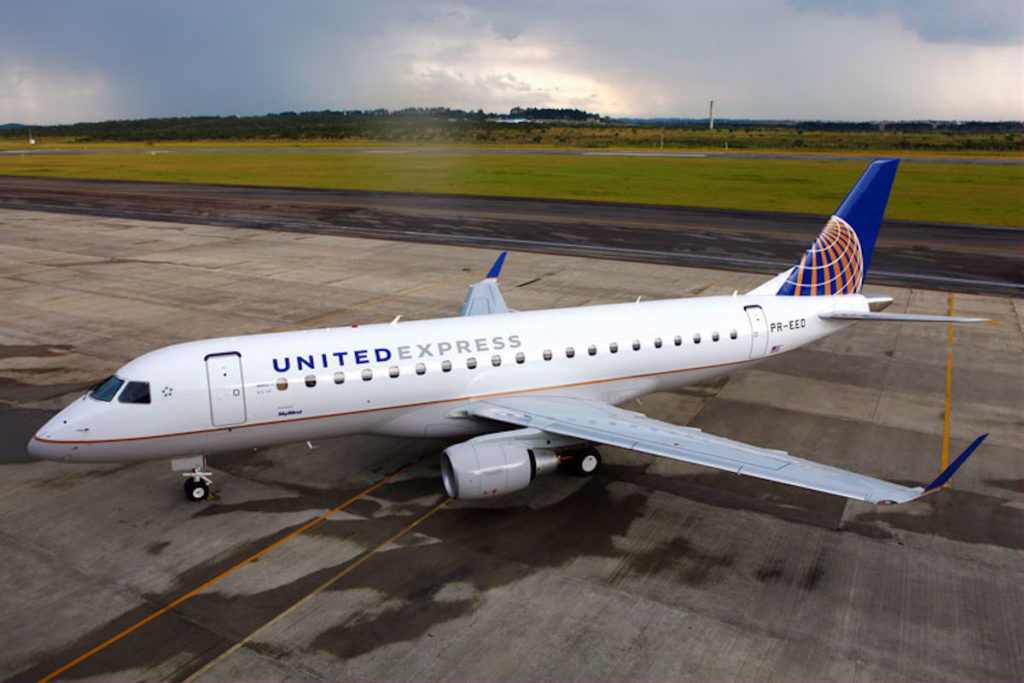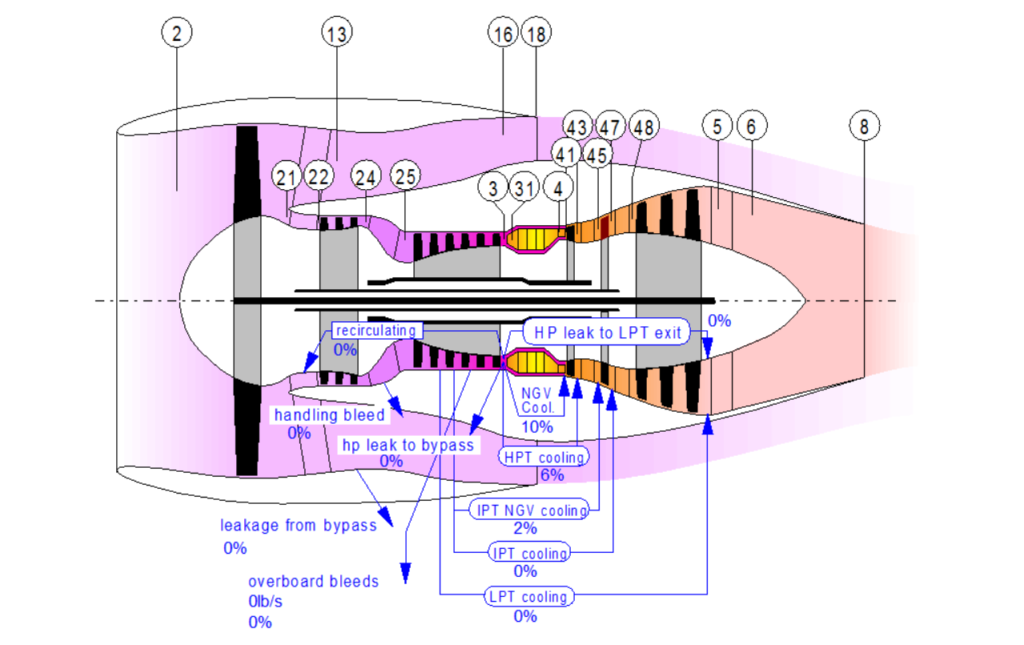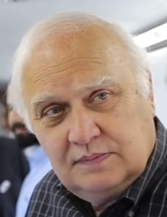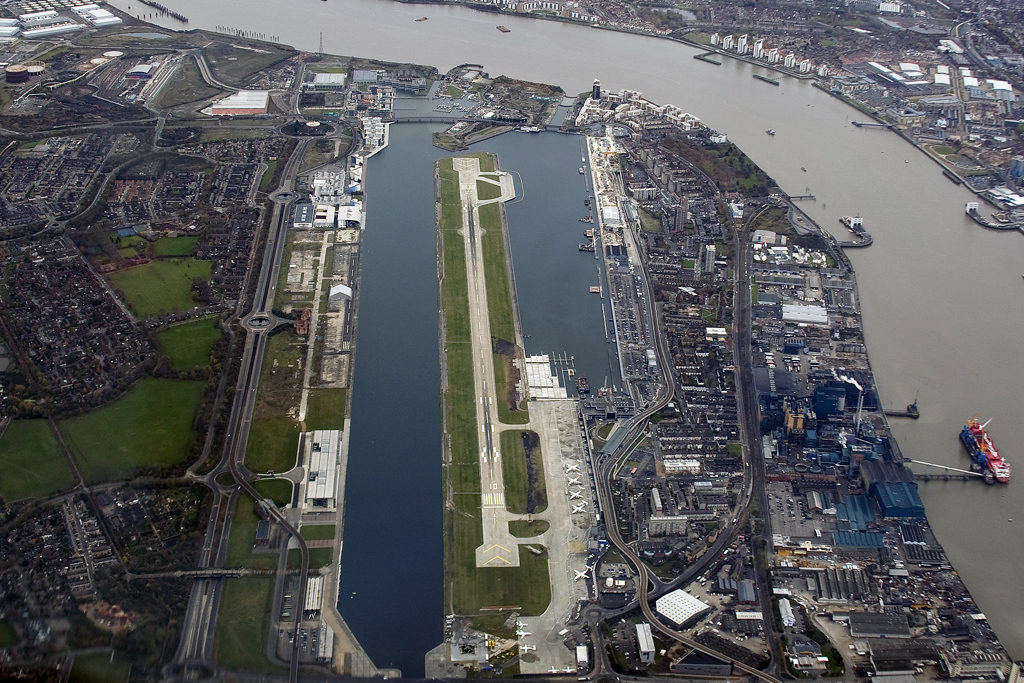Leeham News and Analysis
There's more to real news than a news release.
Leeham News and Analysis
- At long last, Boeing appears near certification and EIS for 777X
- Air India Flight 171 Preliminary Crash Report Is Unclear Regarding Pilot Actions
- Bjorn’s Corner: Air Transport’s route to 2050. Part 30.
- It’s official: MTU’s engine leader named CEO of Airbus Commercial from Jan. 1; future of Open Fan and A220-500 shifts to him
- Embraer E2: Where will the orders come from?
Pontifications: Bombardier’s challenges beyond Boeing complaint
May 8, 2017, © Leeham Co.: The fallout and speculation continues after Boeing filed a complaint April 27 over Bombardier’s deal for 75+50 CSeries with Delta Air Lines.
The complaint was filed with the US government and the International Trade Commission.
Our stories are here, here and here.
Read more
Posted on May 8, 2017 by Scott Hamilton
Assessing Embraer’s EJet future
Subscription Required.
Introduction
![]() Feb. 2, 2017, © Leeham Co.: Embraer’s new E2 jet faces a major challenge: the US pilot Scope Clause that limits the number, seats and weight of aircraft that can by operated by regional airlines on behalf of the US legacy carriers.
Feb. 2, 2017, © Leeham Co.: Embraer’s new E2 jet faces a major challenge: the US pilot Scope Clause that limits the number, seats and weight of aircraft that can by operated by regional airlines on behalf of the US legacy carriers.
The E175 E2 exceeds the 86,000 lb weight limit in the Scope Clause. Unions declined last year to adjust this limit upward. The next round of contract talks begins in 2019.
Summary
- Trans States Airlines has options and letters of intent for 50+50 E175 E2s.
- Skywest is listed by EMB with “firm” orders for 100 E175-E2s and options—but in reality, these are conditional orders.
- Embraer professes confidence in building the bridge between the E1 and E2.
Posted on February 2, 2017 by Scott Hamilton
Assessing Bombardier commercial programs
Subscription
Introduction
Jan. 30, 2017, © Leeham Co.: Bombardier hopes to land a major, blue-chip order for its CSeries this year but otherwise isn’t counting on significant orders for its flagship airliner.
Officials don’t have available delivery slots until 2020, bar a few here and there, to attract sizeable orders.
The future of the aging CRJ could get a boost from recalcitrant Us labor unions who refuse to alter the 86,000 lb aircraft weight limit under the Scope Clauses. These make the Embraer E175-E2 and Mitsubishi MRJ90 too heavy for the regional airlines providing contract flying for the US majors.
The future of the Q400 turboprop looks bleak.
Summary
- The CSeries delivery stream appears sufficient to match production ramp up through 2019.
- There is a big production gap in 2020 at the target rate of 10/mo.
- More than 50 firm orders have indefinite deferred delivery dates.
- The backlog for the CRJ “falls off the cliff” next year, as does the Q400.
Posted on January 30, 2017 by Scott Hamilton
The regional market and scope clauses
By Bjorn Fehrm
January 17, 2017, ©. Leeham Co: Union contract Scope Clauses–the provision limiting the weight, capacity or number of aircraft operated by airlines for major carriers–are unlikely to be modified any time soon, panelists at the Air Finance Journal conference in Dublin said.
The restrictive Scope Clauses are predominate in the US. These limit the ability of small airplane manufacturers to sell aircraft in the US. Most affected are Embraer, Bombardier and newcomer Mitsubishi.
Contract negotiations in December, concluded before Christmas, resulted in no changes, surprising some. This will impact planned purchases of aircraft. We sat with Bombardier’s Ross Mitchell, vice president of commercial operations, to understand why the scope clauses are so important and why they did not change. Read more
We sat with Bombardier’s Ross Mitchell, vice president of commercial operations, to understand why the scope clauses are so important and why they did not change. Read more
Posted on January 18, 2017 by Bjorn Fehrm
Bjorn’s Corner: Turbofan developments in 2017
January 06, 2017, ©. Leeham Co: Before we finish of our series on airliner turbofan technology, let’s spend this Corner on what will happen on the airliner engine front during 2017.
While there is no totally new engine that comes into the market during 2017 there are a number of new variants of existing engine families that will be introduced.

Figure 1. GasTurb principal representation of a three shaft turbofan like our reference Rolls-Royce Trent XWB. Source: GasTurb.
If we start with the engines for regional/single aisle aircraft and then climb the thrust scale, we will cover the engines in climbing thrust class.
Posted on January 6, 2017 by Bjorn Fehrm
Pontifications: Embraer, contrary to others, looks to momentum in 2017
Jan. 3, 2017, © Leeham Co.: Airbus, Boeing and Bombardier look toward 2017 as a bit of a punk year, as detailed in our Look Ahead for subscribers only. Not so by Embraer.
In an exclusive interview, John Slattery, the president of Embraer Commercial, said EMB will gain “momentum” this year. This is at a time where sales at the other three of the Big Four OEMs are expected to slow off an already slow 2016.
Posted on January 3, 2017 by Scott Hamilton
Flying the CSeries
By Bjorn Fehrm
November 09, 2016, ©. Leeham Co: After my preparations at Bombardier (BBD) in Montreal, it was time to take an early flight to BBD’s test center in Wichita (KS) the next day. We spent the afternoon in briefings and went flying Wednesday.
The trip to Wichita was with American Airlines regional carrier American Eagle on a BBD CRJ200. Within two days, I would experience the first and smallest regional jet, the CRJ200 (albeit in coach) and Bombardier’s latest and largest jet, CS300, which encroaches on the turf of the single aisles as a direct competitor to the Airbus A319 and Boeing 737-700/7.
At the test center, just off the runway to Wichita International, I would be joined by Mike Gerzanics, who was test flying for FlightGlobal. We last met when we test flew the Airbus A350 in Toulouse in Spring 2015. Read more
Posted on November 9, 2016 by Bjorn Fehrm
CSeries out of London City Airport
Subscription required.
Introduction
By Bjorn Fehrm
November 07, 2016, ©. Leeham Co: When we visited Bombardier (BBD) in Montreal recently, we learned new information about how the CSeries would operate from London City Airport. This unique airport served 4.3m passengers last year and have expansion plans for more passengers up to 2030.
Bombardier’s first CSeries operator, SWISS Airlines, configured all its CS100 aircraft to operate from London City. This requires special engine selections and certification of aircraft and crews. The certification of the aircraft, CS100 is ongoing and will be finished at the turn of the year.
We take a look at what is required for London City and how far the CS100, appropriately configured, can serve destinations from this special airport. We will use a combination of Bombardier data and our own performance model to reach the conclusions.
Summary
- London City Airport put special requirements on the aircraft serving it.
- The CSeries will be one of the most potent types allowed at London City.
- We use BBD data and our performance model to understand at what range destinations can be served.
Posted on November 7, 2016 by Bjorn Fehrm
Less desirable aircraft for lessors
Subscription Required
Introduction
Part 3: Oct. 24, 2016, © Leeham Co.: Lessors select aircraft to add to their portfolios based on several basic criteria:
- Is it a good airplane?
- How are the economics?
- Is there, or will there be, a broad customer base?
- How “liquid” is the airplane?
- How broad is the customer base?
- Reconfiguration costs.
- Commercial terms of the acquisition.
Lessors often conclude that while an airplane may be good technically and perfectly acceptable for airline use, failure to meet their specialized key criteria—notably liquidity and customer base—they may pass on the aircraft.
Summary
- A surprising number of in-production jets and those in development don’t make a lessor’s list of desirable leasing assets.
- The planes all are technically good aircraft.
- Markets may evolve for some of the aircraft on the list.
Posted on October 24, 2016 by Scott Hamilton







2017: the year ahead
Subscription Required
Introduction
Jan. 3, 2017, © Leeham Co.: The New Year is here and it doesn’t look like a good one for commercial aerospace, if measured against previous outstanding years.
There are some troubling signs ahead, piling on to a slowdown in orders from last year that didn’t even reach a 1:1 book:bill.
This year looks to be worse than last. Airbus and Boeing will give their 2017 guidance on the earnings calls this month and next. Bombardier and Embraer earnings calls are a ways off, when each will provide its guidance.
But LNC believes the Big Two in particular will be hard pressed to hit a 1:1 book:bill this year and may even struggle to match 2016 sales.
Boeing’s year-end order tally comes Thursday. Airbus’ comes on Jan. 11.
Summary
Read more
1 Comment
Posted on January 3, 2017 by Scott Hamilton
Airbus, ATR, Boeing, Bombardier, CFM, Comac, CSeries, E-Jet, Embraer, Etihad Airways, Farnborough Air Show, GE Aviation, Irkut, Leeham News and Comment, Middle of the Market, Mitsubishi, Pratt & Whitney, Premium, Rolls-Royce, Sukhoi
Airbus, Boeing, Bombardier, CFM, Comac, Embraer, GE Aviation, Irkut, Mitsubishi, Pratt & Whitney, Rolls-Royce, Sukhoi